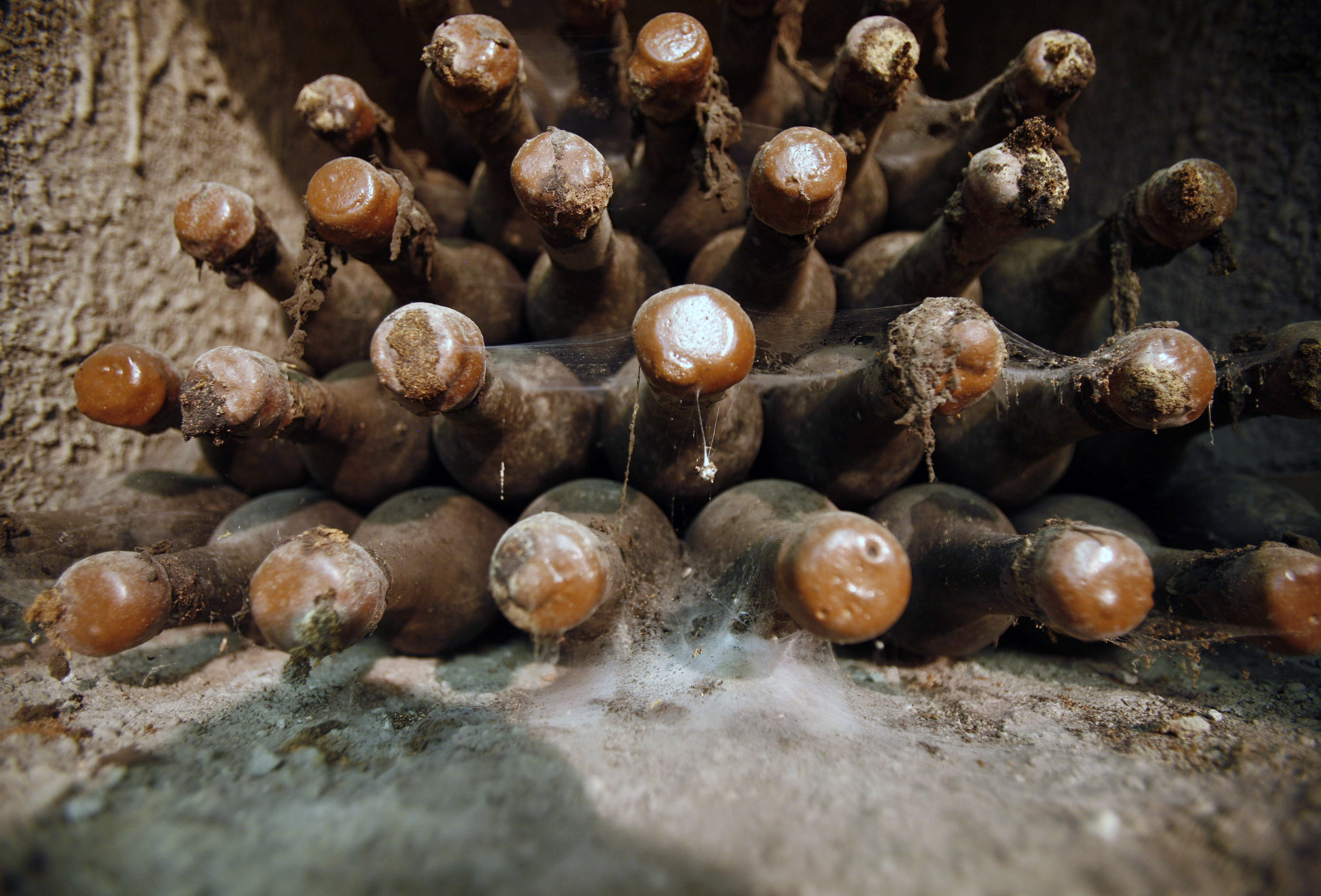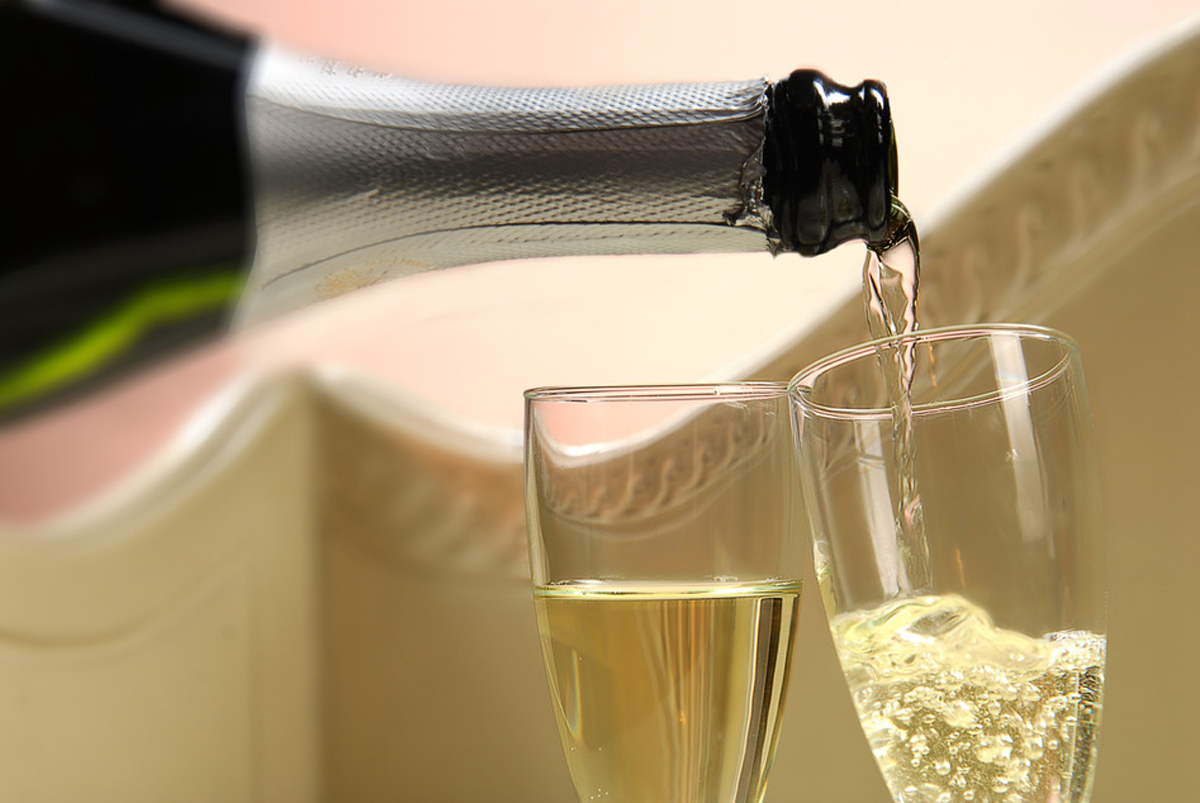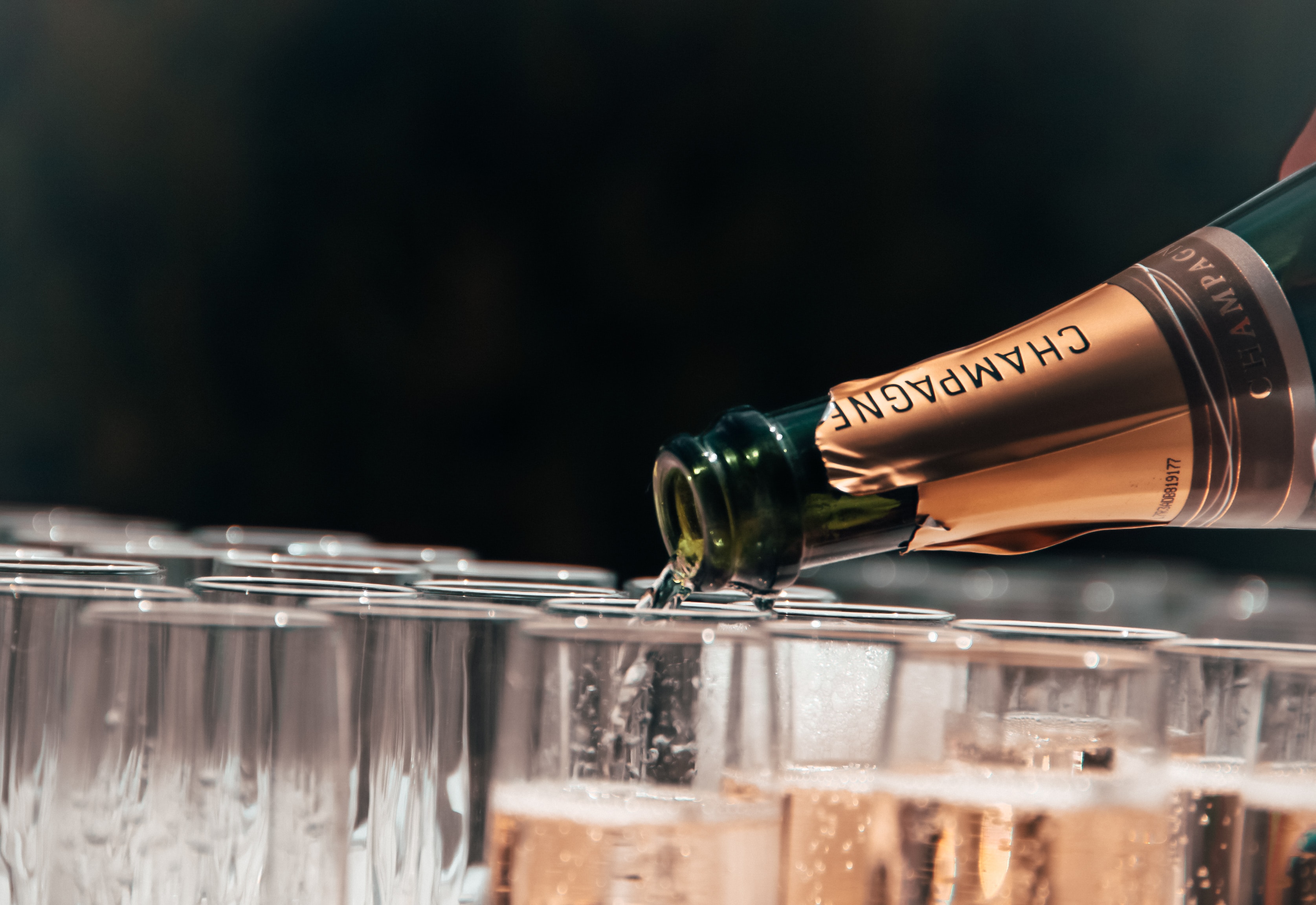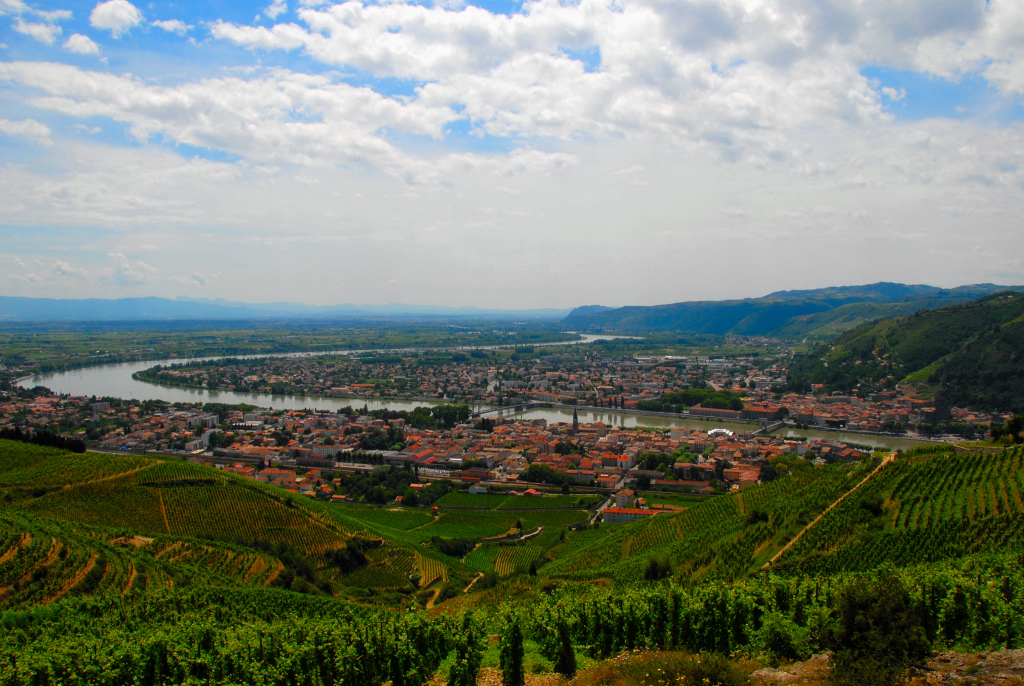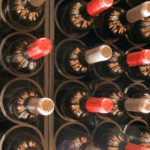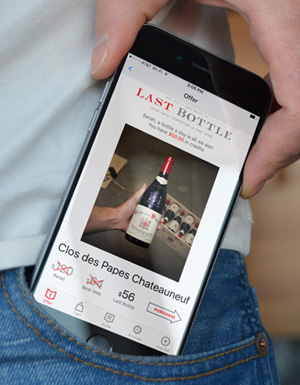Barolo and Barbaresco each start with the letter “B”, end with “O”, and are made from the same grape, Nebbiolo, in regions just ten miles apart from each other.
Both wines hail from Italy’s stunningly beautiful Piedmont region, specifically the Langhe hills in the southeast. Both are made from the same grape, Nebbiolo, a varietal prized for its expressive aromatics of tar, violet and rose, along with licorice, cherry, leather, and fig. Both wines show supreme structure and strength.
So what’s the difference between these two iconic Italian gems?
Barolo was first on the scene
Barolo is sometimes called the wine of kings, having been established as a favorite among the Savoy empire in the region long before Barbaresco existed. While Nebbiolo traces its roots back to 1266, it was Giulietta Vitturnia Colbert di Maulevrier (aka the Marchesa) who formally named it Barolo in the 1830s.
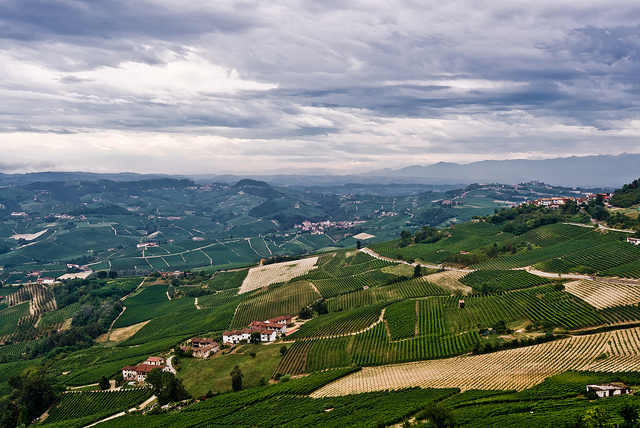
The spectacular landscape in Piedmont. Photo credit
Barbaresco hit the scene in 1894 when a young man named Domizio Cavazza became frustrated seeing all the Nebbiolo from his region sent into Barolo for production. In response, he began producing his own wine and called it Barbaresco. In 1966 Barbaresco was granted DOC status, and DOCG status came along in 1980.
Barolo takes longer to ripen
The Barbaresco zone is a little bit closer to the river Tanaro and the nearby Ligurian Sea. That creates a stronger maritime influence which, when coupled with slightly lower altitude vineyards, helps grapes ripen quicker than in nearby Barolo. That means fermentation happens earlier, and the grapes see a shorter maceration time.
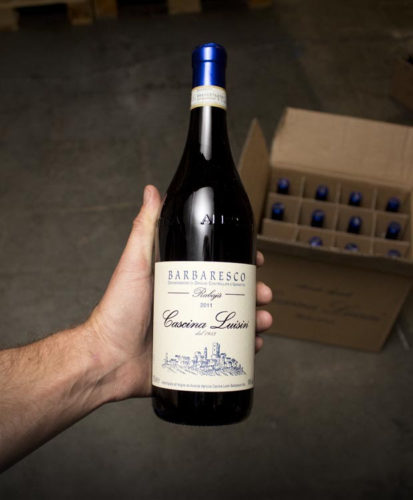
Cascina Luisin makes this single vineyard Barbaresco which shows off a rich, mouthcoating texture, minerally notes, spice box, and tobacco.
Barbaresco drinks easier, earlier
Barbaresco is typically more approachable and easier to enjoy when it’s young. The aforementioned shorter maceration period and less time in the barrel means Barbaresco emerges with slightly less aggressive tannins, revealing a lighter, more feminine side of Nebbiolo with more pronounced fruit up front.
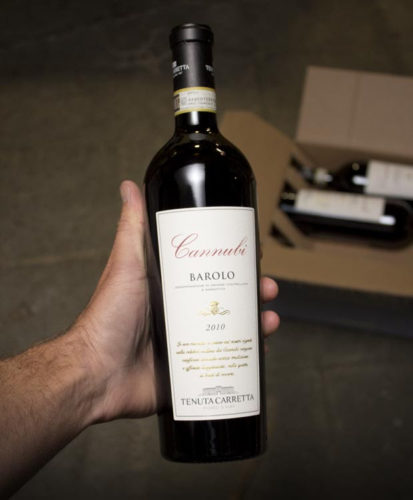
This tasty example from the excellent 2010 vintage is fine and finessed but powerful and ridiculously complex with orange rind, tea, dried fruits, crushed flowers, mineral and earth.
As ripening extends longer into the season in Barolo, temperatures start dropping, and the subsequent fermentation and maceration can take longer. That means the skins spend more time in contact with juice, which extracts more tannins. Barolo often requires more time in the cellar to allow those tannins to soften before becoming approachable.
Yet another reason for Barbaresco’s softer side has to do with DOCG regulations. Barolo must spend one year longer aging and twice the time in oak (18 vs 9 months). We should note that Barbaresco Riserva must spend 50 months aging, 24 of which must be in barrel. So from a practical standpoint, a vintage of Barbaresco is available to enjoy before the same vintage of Barolo hits the market.
Barbaresco tends to be more uniform
Barolo hails from eleven different communes while Barbaresco includes just four. That means Barbaresco production is considerably lower (about 35% of Barolo). Also, the smaller geographical area means there aren’t as many differences in soil types or altitudes. As a result, Barbaresco tends to see more consistency.
The Wines of Barolo and Barbaresco from GuildSomm on Vimeo.
Both command high prices
Because of the involved and lengthy production time and the scarcity of production, bottle prices on the low end start around $30. The most exclusive bottles from famous producers like Gaia and can easily surpass $100.
The final word
In a blind tasting you’d probably have a hard time telling these two wines apart. The main differences come in the form of texture and weight, with Barolo delivering a bit more oomph. Barolo makes a better choice for long term cellaring, while Barbaresco offers a better chance at immediate enjoyment.

